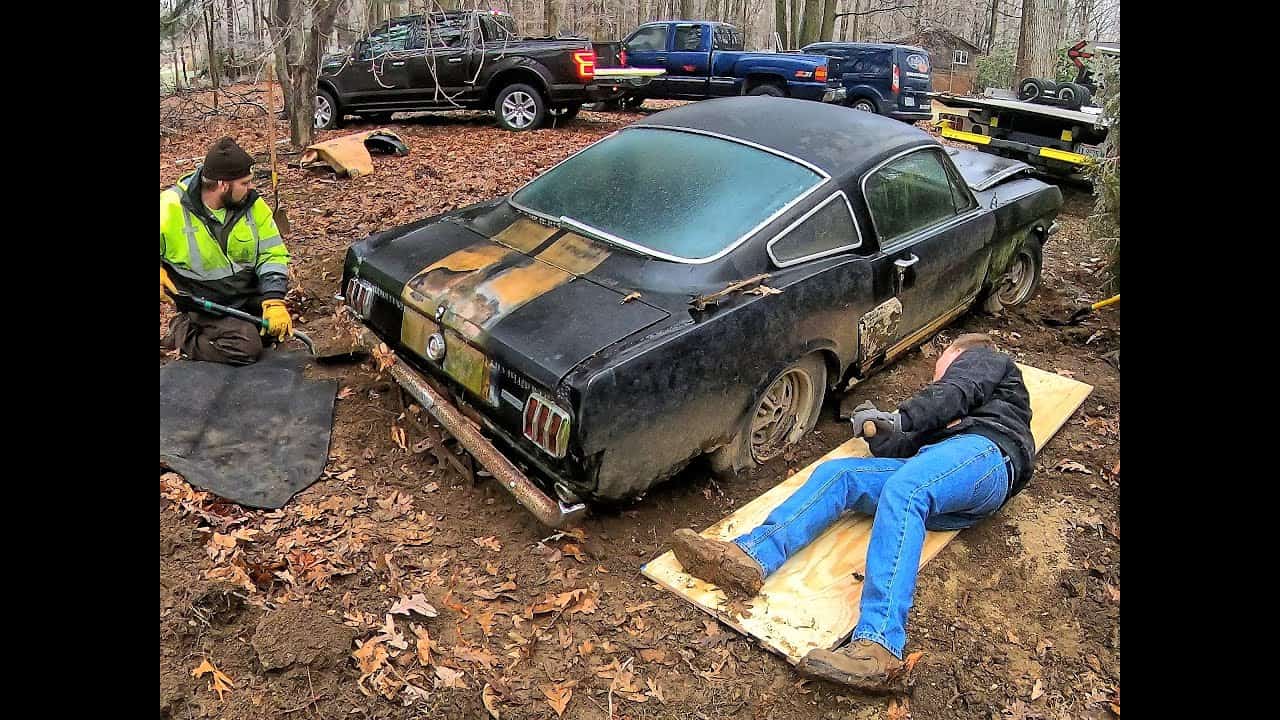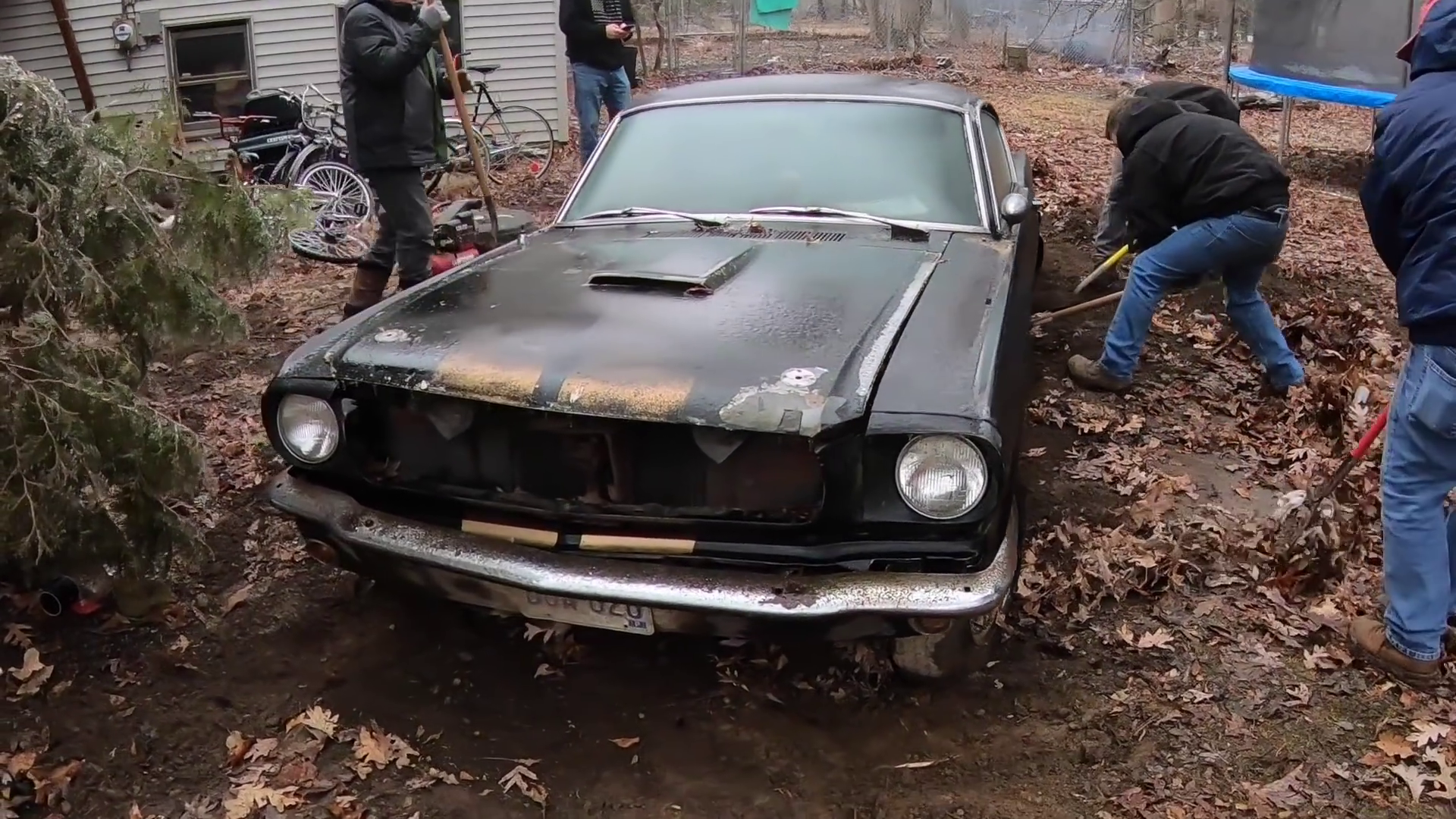The sales figures following the launch of the Ford Mustang in April of 1964 were nothing short of a phenomenon. Eighteen months into production, sales would reach nearly one million. Instead of waiting for the ‘bubble to burst,’ Lee Iacocca worked on the ‘win on Sunday, sell on Monday’ formula. Although a sales success, the early Mustangs were not the epitome of Total Performance, especially since this pony car was based on Ford’s old economy car the Falcon. By this point in history, Carroll Shelby was known, trusted, and respected by Ford, thanks to his efforts in engineering the successful Cobra projects. In December 1964, the Sports Car Championship of America accepted the GT-350 into B-Production Racing. The Shelby GT-350 was unveiled by Shelby on January 27th of 1965 and during its racing career, the GT350 delivered three SCCA B-Production Championships in 1965-1967 for Ford.
January 1965 was a busy month for Shelby America as Ford turned the
GT-40 project over to him and two months later the company moved to the
Los Angeles Airport facility for continued GT-350 production. The GT-350
began life as a White Mustang 2+2 delivered initially to Carroll
Shelby’s shop in Venice California from Ford’s San Jose California
Plant. They were powered by High-Performance 289 cubic-inch V8 engines
backed by a four-speed manual gearbox.
Most of Shelby’s contributions were aimed at the chassis and handling of the Mustang, transforming it into a highly competitive sports car. The concept was a performance sports car from the start and not a conventional muscle car. Shelby modifications to the Hi-Po 289 V8 included a special high riser aluminum manifold, center pivot float Holley four-barrel carburetor, finned Cobra aluminum valve covers, extra capacity finned and baffled aluminum oil pan, and specially designed hand-built tubular tuned exhaust system featuring straight through glass-packed mufflers. These changes brought the standard 271 horsepower to 306 bhp.
Additional mechanical improvements included fully synchronized
Borg-Warner special Sebring close-ratio four-speed manual transmission
with lightweight all-alloy case, nine-inch Detroit ‘no-spin’
differentials, computer-designed competition suspension geometry, Koni
adjustable shock absorbers, one-inch diameter front anti-roll bar, fully
stabilized, torque-controlled rear axle equipped with No-Spin
limited-slip differential, Kelsey-Hayes front disc brakes with
ventilated disc and special full competition pads, wide drum rear brakes
with metallic linings, and trunk-mounted battery for optimum weight
distribution.
Exterior changes included the lightweight fiberglass hood with integrally designed functional air scoop, 350 competition side stripes, a clean-looking grille, and a tricolored running horse located on the driver’s side of the grille.

Interior changes included an all-black interior with bucket-type seats, Shelby-approved competition quick-release seatbelts, special instrument cluster with tachometer and oil pressure gauge in addition to the speedometer, fuel gauge and water temperature gauge, two-speed electric windshield wipers and washers, wood-rim racing-style steering wheel, 191 quick-ratio steering spare wheel cover, and heater.
All Shelbys in 1965 were painted in Wimbledon White with a blue GT350 side stripe located below the door. The total price for these improvements was a reasonable $4,547. The street GT350 sales were strong, but they were essentially a thinly disguised race car. Buyers complained about the noise, rattles, and harshness. This led to the 1965 GT350 becoming more user-friendly due to a host of mechanical revisions that softened the edges and made the cars more tractable.

To ensure that Shelby American would have its 1966 GT350 models in dealerships when Ford released the new ’66 Mustangs, Shelby ordered an additional 252 cars from Ford’s San Jose plant at the very end of 1965 production.
Most of the changes for 1966 were cosmetic as well as the addition of several new options including a choice of color. Most notably clear Plexiglas rear windows replaced the earlier vents, and functional side scoops were installed on the rear quarter panels for rear brake cooling. The front grille was modified with thin bars. The engine remained the same, a Shelby-prepared Ford V8 with a Holley four-barrel carburetor and a considerably quieter exhaust system. The Borg-Warner T10 four-speed manual transmission remained standard. The suspension was much closer to stock, greatly improving the ride and comfort. The optional GT instrument cluster was installed and, for the first time, Shelbys were available with an automatic transmission, fold-down rear seat, and even an optional factory supercharger.

All told, 1,365 cars were built in addition to the 1,000 GT 350H Hertz ‘Rent A Racers’ and 13 specials and prototypes. Ford was a major shareholder of Hertz and had persuaded the rental car giant to purchase the fastbacks. Total 1966 production reached 2,378 examples. A small number of 1966 models were fitted from the factory with Paxton superchargers, a $670 option that brought horsepower to 440 bhp.
Ford realized that racers were a small share of the market and they
wanted the Shelby to appeal to a wider audience. 1966 was the start of
the gradual ‘toning down.’ Friction developed and Shelby would
eventually part ways with the project and the later Shelbys would be
more of a trim package compared to the thoroughbreds they were in the
beginning.

Comments
Post a Comment